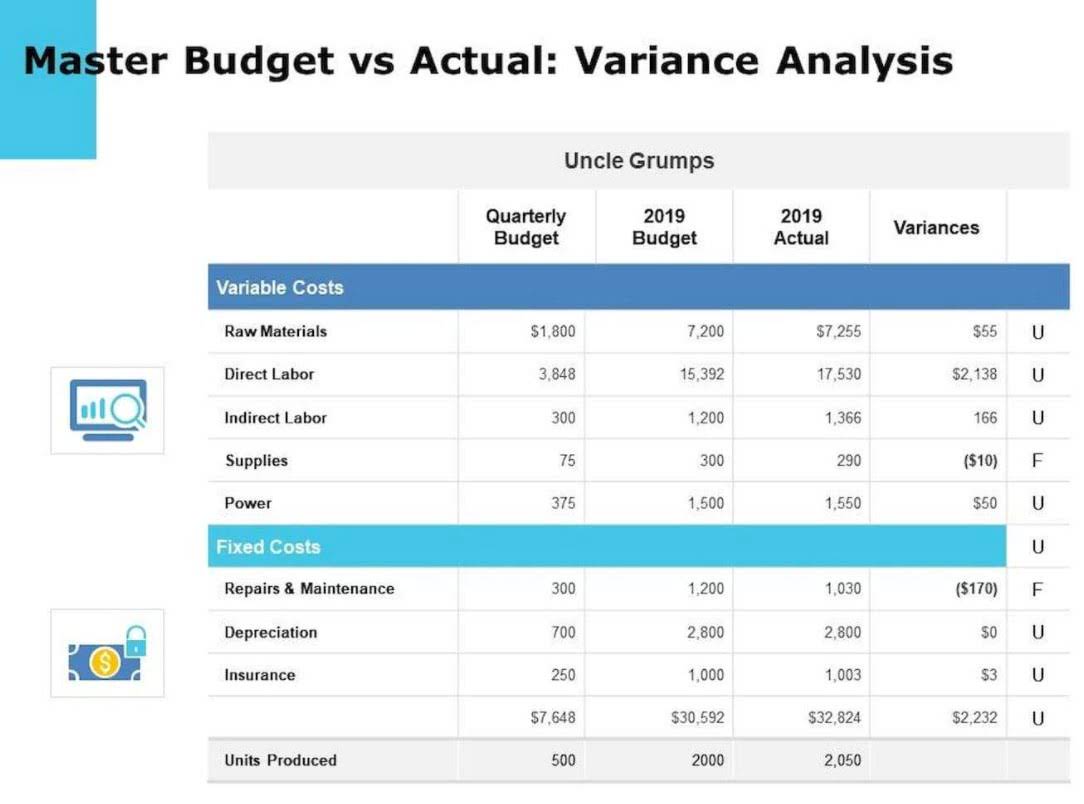
These ratios help stakeholders assess the bank’s operational efficiency, risk exposure, and regulatory compliance, guiding strategic decisions and policy formulations. All of us are connected to the Fed’s balance sheet in one way or another. The currency notes that we hold are liabilities of the Fed, as are bank reserves boosted by our deposits. The Fed’s assets include a range of credit lines established to ensure the economy’s stability at times of crisis, as well as U.S. Changes in the level and composition of the Fed’s balance sheet can ultimately affect all U.S. consumers and businesses. FRED users who are interested in monitoring the US commercial banking sector can do so by analyzing weekly trends in commercial banks’ balance sheets in found in the H.8 data.
Balance Sheet: Total Assets: Total Loans and Leases

These excess cash reserves make it possible for banks to buy into great investment opportunities and make more money. A critical component of loan portfolio analysis is assessing the credit quality of the loans. This involves evaluating the creditworthiness of borrowers, the terms of the loans, and the performance of the loans over time. Key metrics such as non-performing loans (NPLs), loan loss provisions, and charge-off rates provide valuable information about the health of the loan portfolio. High levels of NPLs or significant loan loss provisions may indicate potential issues with credit risk management and necessitate closer scrutiny. Effective risk management is essential for balance sheet of a commercial bank maintaining the stability and profitability of banks.

Cash and Cash Equivalents
When a deposit is made in a bank, some of that money is loaned out (excess reserves) and some of it stays with the bank (required reserves). If the central bank has a Reserve Requirement of 10% and a customer makes a demand deposit of $1000, the bank can loan out $900 worth of excess reserves while keeping $100 in required reserves. The $900 loan (newly created money) can be deposited in a checking account. When that loan is redeposited, $729 can be loaned out while $81 is kept in reserves. As this process of loaning and redepositing continues, each loan is newly created money.

Things that make up a Bank’s Balance Sheet
However, the Federal Reserve does affect the money supply by buying assets and lending money. When the Fed wants to increase the amount of currency in circulation, it buys Treasurys or other assets on the market. When it wants to reduce the amount of currency in circulation, it sells the assets. The Fed can also affect the money supply in other ways, by lending money at higher or lower interest rates. Unlike other government agencies, the gym bookkeeping Federal Reserve is not funded from tax dollars. Instead the Fed pays its bills with the interest it collects from Treasurys and other assets on its balance sheet.
Loans
- Previous line item 26, Fed funds and reverse RPs with nonbanks, and previous line item 32, Fed funds and reverse RPs with banks, have been combined as new line item 30, Total federal funds sold and reverse RPs.
- In this first of three related posts, we examine recent trends in selected assets and liabilities of large and small domestically chartered commercial banks.
- For one transaction, there are two consequences, and the balance sheet balances these two.
- These ratios help stakeholders assess the bank’s operational efficiency, risk exposure, and regulatory compliance, guiding strategic decisions and policy formulations.
- The next step, really the last one here, is to calculate Regulatory Capital and then the Key Metrics and Ratios for commercial banks.
The Federal Reserve determines the legal reserves, which is the minimum cash that banks must https://darazstore.pk/understanding-deposit-slips-a-crucial-tool-for/ hold in their accounts to ensure the safety of banks and also allows the Fed to effect monetary policy by adjusting the reserve level. This category includes unrealized gains or losses on securities that are classified as available-for-sale (AFS), foreign currency adjustments, and pension liabilities. While these do not directly affect net income, they impact shareholders’ equity. Aside from loans given to individuals, banks provide loans to businesses for different purposes, including startup, business expansion, procurement of assets, and others. Other forms of loans banks give out are interbank loans, commercial loans, home equity loans, and residential loans. Banks are also mandated to hold a percentage of their assets as liquid cash.
- The volume of business of a bank is included in its balance sheet for both assets (lending) and liabilities (customer deposits or other financial instruments).
- We’re on the Assets side so if this increases we want it to be a negative.
- In reality, we would probably tie this to the GDP growth rate and the bank’s market share, but that’s what we’ve set up for now.
- These effects on the assets of domestically chartered commercial banks due to the definitional clarifications were estimated from data reported weekly by FR 2644 sample banks.
- That is, they take deposits from customers—individuals or businesses—and use those deposits to finance loans or the purchase of other assets that increase bank earnings and thus profits.
United States Comml Banks: Wkly: sa: Interbank Loans: Commercial
Welcome to the next lesson in this introductory module on our overview of banks and financial institutions. In this lesson we are going to move from a commercial bank’s Balance Sheet to its Income Statement and Cash Flow Statement, and also look at some key metrics and ratios and regulatory capital for the bank. Our second FRED graph plots total deposits as a percentage of total liabilities since the beginning of 2015.


They will pay you off for more than one year, and they can’t easily be liquidated. For one transaction, there are two consequences, and the balance sheet balances these two. As the nature of both of these entities is different, it makes sense to prepare a unique balance sheet for each of them. On the other hand, a company operates to produce goods or services and ultimately sells these goods or services to another business, end customer, or Government.
- Commonly used ratios include the loan-to-deposit ratio, which measures the proportion of loans funded by deposits, and the capital adequacy ratio, which assesses the bank’s capital relative to its risk-weighted assets.
- In the second quarter of 2025, FDIC-insured banks reported $69.9 billion in net income and a return on assets of 1.13 percent.
- A lending institution’s solvency depends on the existence of a buffer of own resources that is sufficient to absorb losses and guarantee the risks assumed in its lending transactions.
- Nowadays, checks are being processed electronically and many transfers of funds are being conducted electronically instead of using checks.
Vital indicators in the Banks Balance Sheet Analysis to take note of
If at any point the borrower defaults in paying back the money loaned to them, the bank reserves the right to sell the property and recover the money. Another important aspect is the geographic and sectoral diversification of the loan portfolio. Concentration risk can arise if a significant portion of the loans is concentrated in a particular region or industry.